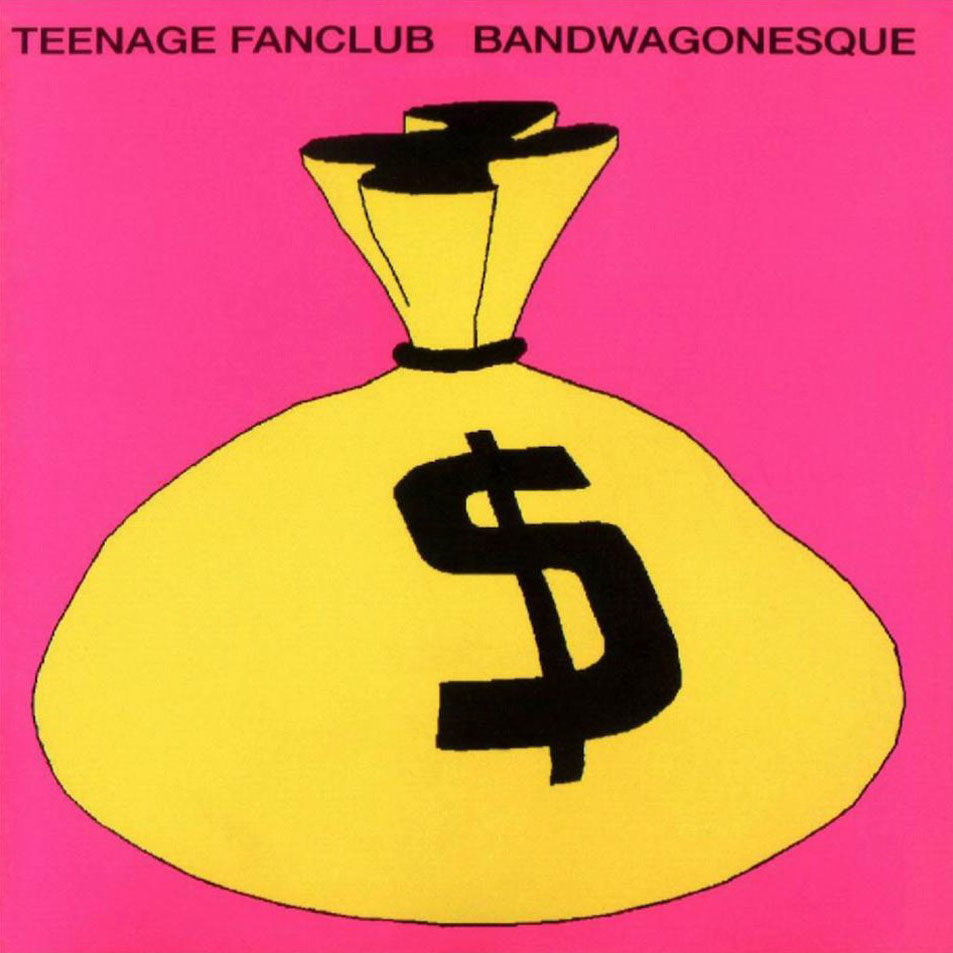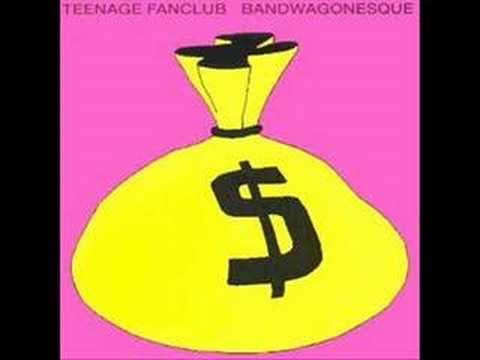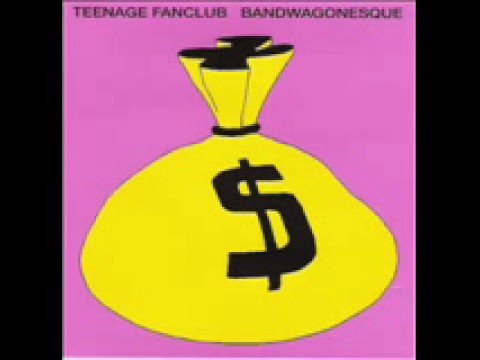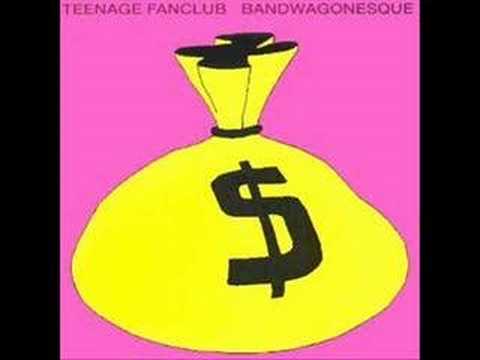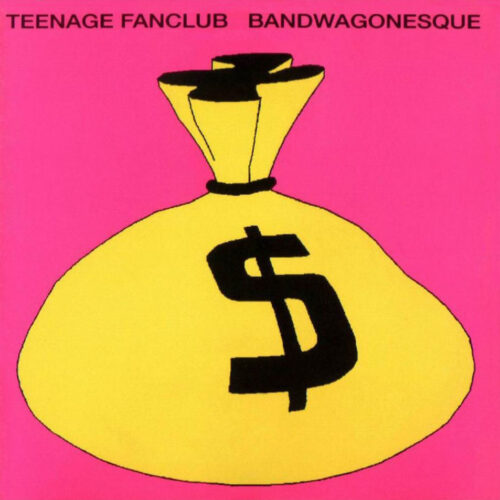Over the years, it’s likely that few people really care or remember what album Spin magazine crown as their release of the year. Probably not even the people who run the magazine. But students of indie will likely recall the one occasion when Spin’s anointment did cause more than a few raised eyebrows amongst music writers and also provoke a fair few grunge-kids to briefly shake off their crushing sense of ennui and remonstrate at the magazine’s decision.
In 1991, the year that saw the release of Nirvana’s Nevermind, widely regarded as one of the most iconic and influential albums of that year, that decade and probably the last fifty years, Spin opted to anoint Bandwagonesque by Teenage Fanclub (TFC) as their album of the year, leaving Nevermind to trail behind in a disappointing third place.
At the time, Spin’s folly was ridiculed; a response that has persisted since. Nevermind remains revered; an example of an album whose apparent greatness has only been magnified by the passage of time. By contrast, Bandwagonesque, despite its initial critical and commercial success, remains largely unknown beyond the confines of the indie-world and even within this only by those who lived though the nineties or have the desire to develop a musical hinterland.
But contrary to the received wisdom and at the risk of angering grunge kids old and new, I think Spin got it right. In fact the mistake they really made was in putting Nevermind so high up the list, specifically when albums such as Primal Scream’s Screamadelica and My Bloody Valentine’s Loveless were also in contention that year. I’ve never really got Nevermind. It’s a good album with plenty of decent tracks. But it was far from the best album released that year or that decade. It isn’t even the best album released by Nirvana.
By contrast, Bandwagonesque is a beautiful body of music. An almost perfect piece of work produced by one of this country’s best, if criminally underrated, indie bands.
Before its release, there were no real hints that TFC were capable of putting-out something as mighty. Their earlier albums; the debut A Catholic Education and their follow-up, The King were only intermittently exciting. The effortless melodies that have since become the hallmark of all TFC records might still have been evident, but they were too often lost amidst a grungier sound.
Bandwagonesque though, saw the emergence of a different TFC. Although hints of their noisier past remained, the album witnessed the creation of a much more polished, mainstream sound; one that would invite comparisons with leading power-pop exponents, Big Star.
In fact, some writers thought the comparison so close that the band might have gone too far. Reviewing the album for Melody Maker back in 1991, Steve Sutherland wrote, "Bandwagonesque echoes Chilton’s [Alex Chilton, singer, writer and guitarist with Big Star] ‘Radio City’ so closely so many times that anyone with a prior knowledge of the American maverick’s work can’t help wondering whether these young Scots have overstepped the mark where acceptable, even laudable, inspiration becomes wholly criminal plagiarism.”
But whether you think the album blurred the boundaries of homage or not, what is unquestionable (something recognised by most critics at the time) is how impressive it is.
The three singles from the album, ‘Star Sign’, ‘What You Do To Me’ and ‘The Concept’ best exemplify the power-pop sound that TFC were aiming to create. Melodic, irredeemably catchy and packed with luminous harmonies, they set the tone for the rest of the album. Of the remaining tracks, the saccharine sweet ‘Sidewinder’, the Byrds-esque ‘Alchoholidy’ and the beautifully melodic ‘Metal Baby’ stand out above the rest, although this is by the slimmest of margins.
It was this quality that accounted not only for the album’s critical acclaim but also its commercial success. Along with decent sales in the UK, Bandwagonesque gave the band a presence in the US, with all three singles reaching the top twenty of the Alternative Songs chart.
But aside from being a great collection of tracks, what’s also so appealing about Bandwagonesque is its indifference to what was happening in the wider musical landscape. The album emerged at something of a tumultuous time for indie music. Scenes like Grunge, Shoegaze and even Madchester (although something of a spent force) competed for dominance, whilst alongside them developments in dance music nudged at the musical consciousness of many a songwriter.
For lots of bands this presented a bounty of bandwagons upon which to jump. Turgid acts like U2 could strap on a few dance beats and become relevant again, and an up and coming band like Blur could hedge their bets and place a foot in more than one camp.
By contrast, TFC decided to ignore what was going on, dismiss what music writers deemed cool and instead opt to plough their own furrow. There’s certain bloody-mindedness about this long player that only adds to its attraction. It represents a band writing the music they want, irrespective of how they think it’s going to be received.
Although TFC have continued to release good albums since, they’ve never really been able to recapture the attention that this gave them, which says more about the record buying public than it does about the band themselves.
But despite this, at least their greatest album did get the attention it deserved. It wasn’t groundbreaking; it didn’t shake the foundations of British music or create a scene of its own. Instead it was just a wonderful collection of songs; and one that can leave Nevermind for dust any day of the week.

